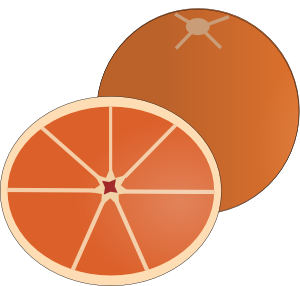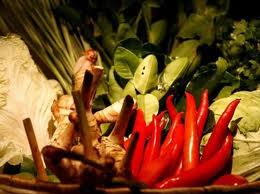 Pink-fleshed oranges, sweet and low in acid? Citrus with pigment which reduces risks of heart disease and some types of cancer? Am I kidding?
Pink-fleshed oranges, sweet and low in acid? Citrus with pigment which reduces risks of heart disease and some types of cancer? Am I kidding?
No, I’m not kidding. These oranges are not fruit from a futuristic science fiction movie. They are real. They are in season. They are sophisticated and delicious. And they are available for sale at the Arnett Orchards stand at the Tuesday Culver City Farmers Market.
The cara cara orange is a true – and tasty – mutation of a naval orange which was discovered in 1976 at the Hacienda de Cara Cara in Valencia, Venezuela. Its deep, rosy pink interior is reminescent of the flesh of ruby red grapefruit. But its flavor is far, far sweeter than the grapefruit and more complex than its navel relatives. I enjoy eating it out of hand, but its color and low acidity bring vitality and beauty to citrus recipes.
Blood oranges, also available at Arnett’s and other stands, represent a mutation which occurred in Sicily in the sixteenth century. The distinctive blood-red color is the result of a pigment found more commonly in flowers and other produce: anthocyanin. Anthocyanin is an antioxident, and has been found to reduce the risk of heart disease and some types of cancer. Blood oranges are smaller than orange navals, and are less sweet. Like the Seville orange, they make wonderful marmalade; unlike the Seville, they can also be eaten out of hand.
From the Farmers Table provides salad and desert recipes for these two cousins of our familiar navel oranges.
~~~The Culver City Farmers Market is held on Tuesdays from 3 to 7 p.m. on Main Street between Culver and Washington Blvds.
~~~Katie Malich really cares for cara caras. And yes, she’s fond of blood oranges, too.





Be the first to comment